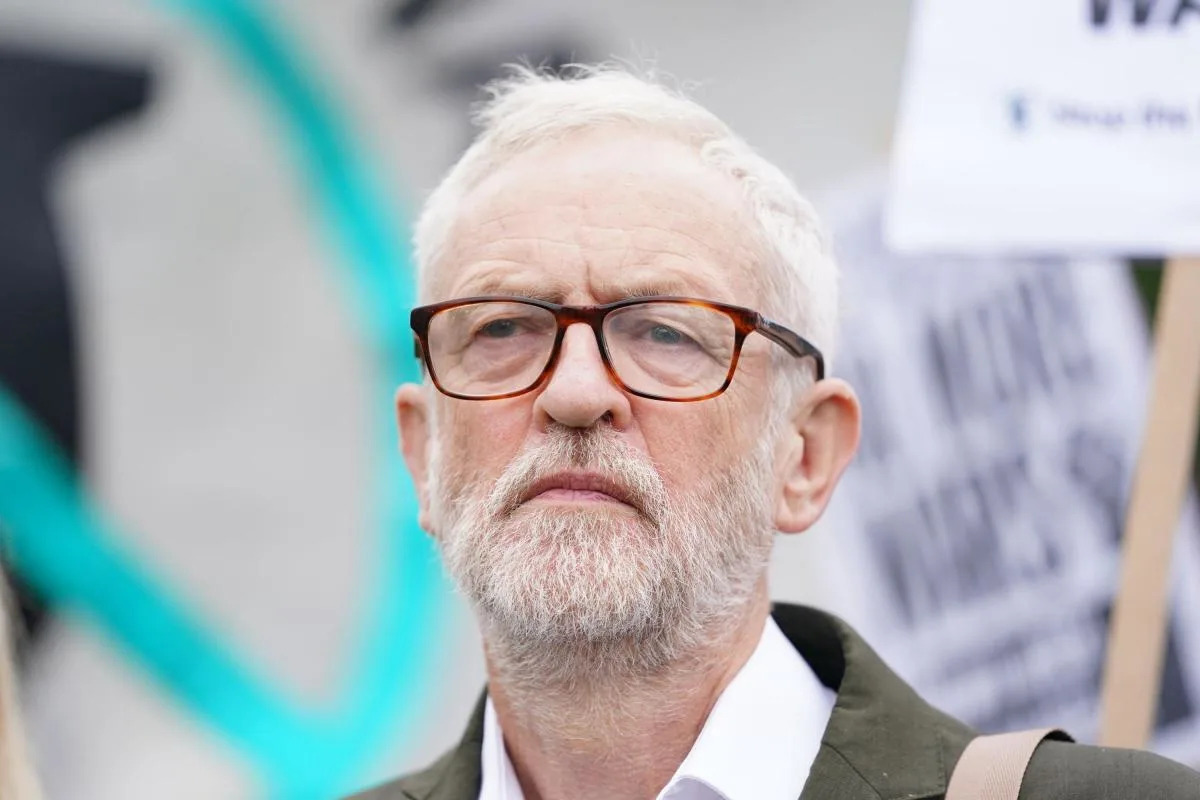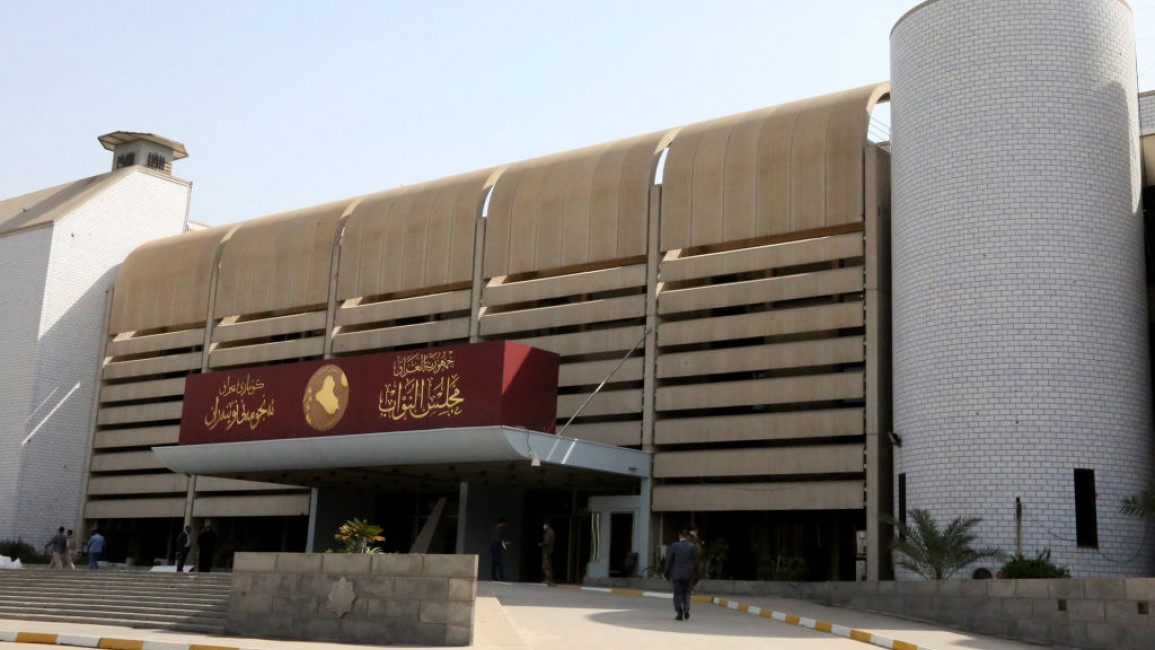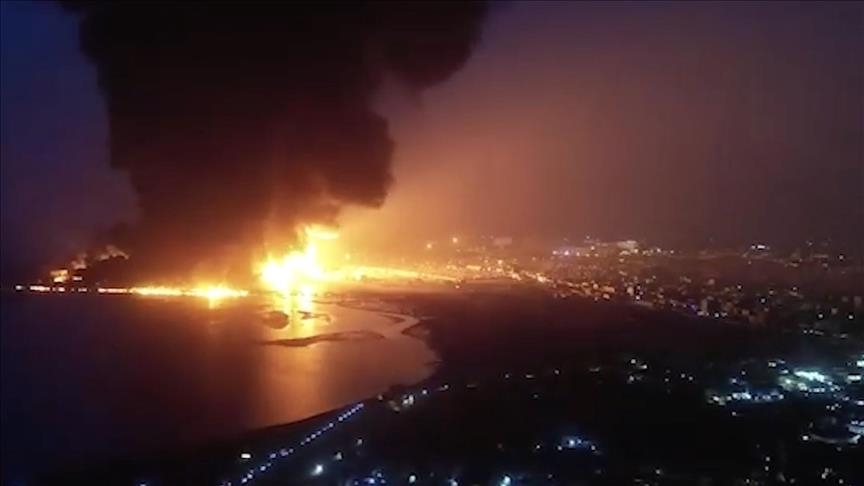Prolonging the genocide is a smokescreen for Israel’s other war in the West Bank

Israeli troops enter Nablus, West Bank on August 19, 2024. [Nedal Eshtayah – Anadolu Agency]
by Dr Ramzy Baroud
August 19, 2024

Promises of “absolute victory” in Gaza are nothing but “gibberish”, according to Israeli Defence Minister Yoav Gallant. Gallant’s comments were not meant to be public, but somehow were leaked and published by Israeli media on 12 August.
The explanation of why Benjamin Netanyahu is pursuing a losing war in Gaza has been largely confined to the prime minister’s personal interests, not least the avoidance of corruption trials, preserving his extremist government coalition and avoiding an early general election. Still, none of these rationales explain the absurdity of continuing with a war which, in the words of former Prime Minister Ehud Barak, is “The worst failure in Israel’s history.”
What else could explain Netanyahu’s motive for the war? And why are his most crucial government allies, National Security Minister Itamar Ben-Gvir and Finance Minister Bezalel Smotrich, determined to prolong it? The answer may not lie in Gaza, but in the occupied West Bank.
While Israel is extending its failed military campaign in the Strip with no clear strategic objectives, its war on the West Bank is driven by very clear motives indeed: the annexation of the occupied Palestinian territory and the ethnic cleansing of large sectors of the Palestinian population. This is not only obvious through Israel’s daily actions in the West Bank, but also because of the clear statements made by Israel’s extreme far right government officials, including a commitment by Netanyahu’s own Likud party to “advance and develop settlement in all parts of the land of Israel – in the Galilee, Negev, Golan Heights and Judea and Samaria.” The latter, of course, is what Zionists call the West Bank.
READ: West Bank Bedouin communities affected by Israel’s policy of forced displacement
An audio recording obtained by the Israeli group Peace Now conveyed the following remarks by Smotrich at a June 9 conference: “My goal is to settle the land, to build it, and to prevent, for God’s sake, its division… and the establishment of a Palestinian state.”
To do so, the far-right politician has assigned himself the job of “change(ing) the DNA of the system.” This “system” was put in place decades ago, following Israel’s military occupation of the West Bank in 1967. It began a slow but determined process of illegal annexation of Palestinian territories. The process included the establishment, in 1981, of the so-called Civil Administration.
This was and remains essentially a branch of the Israeli military.
However, it was described as “civil” as part of a government effort to convert a temporary military occupation into the permanent colonisation of Palestine. This entailed the practical annexation and continued expansion of the illegal Israeli Jewish settlements built on Palestinian land after the June 1967 Six-Day War.
The Oslo Accords in 1993-94 gave Palestinians nominal administrative control over small areas in the West Bank, designated as areas A and B. This necessitated the transfer of some of the Civil Administration’s responsibility to the newly-formed Palestinian Authority, based on the understanding that the PA will always prioritise Israel’s security. The arrangement allowed Israel to expand, unhindered, its illegal settlements in most of the West Bank and East Jerusalem, tripling both the size and population of the settlements between 1993 and 2023.
As Israel’s colonial plan in the West Bank reached its zenith, Netanyahu sought in 2020 to reinforce Israeli gains with the annexation of more than 30 per cent of the West Bank. Due to international pressure and growing Palestinian resistance, however, Netanyahu postponed his plan, albeit with the understanding that “annexation remains on the table”.
OPINION: It’s true, Netanyahu has never been a partner for peace
Without much fanfare, though, Israel swapped its hope for a sweeping de jure annexation of the West Bank with de facto control, through rapid seizures of Palestinian land and the expansion of its settlements, all of which are illegal under international law.
Although the Israeli military is faltering in Gaza, the genocide is being used as a smokescreen to finalise Israel’s settler-colonial plans in the West Bank.
This process was dubbed by Smotrich in 2017 as a “victory by settlement”. Now in a position of power and with access to a massive budget, he is making his life’s goal a reality.
For Smotrich’s dream to be realised, he needed to revitalise the once central role of the Civil Administration. In May, he invented a new position called “deputy head” of the administration, granting the position to his close associate Hillel Roth.
Now both men have unparalleled and sweeping rights to expand the settlements. Since coming to power in December 2022, Netanyahu’s latest government has approved 12,000 new housing units for illegal settlements, while ordering the demolition of thousands of Palestinian homes and other civilian infrastructure.
In the first three months of 2024, Israel declared nearly 6,000 acres of the West Bank to be “state-owned land”, and therefore made it eligible for settlement construction. The decision was described by the Israeli watchdog Peace Now as the “largest West Bank land grab in 30 years.”
The ethnic cleansing of Palestinians is already under way. According to the Norwegian Refugee Council, in the first half of 2024 alone, at least 1,000 Palestinians were forcefully displaced while nearly 160,000 were affected by home demolitions.
The Israeli war on the West Bank has come at a high price in Palestinian blood. As of 12 August, at least 632 Palestinians had been killed with 5,400 wounded in the West Bank alone, according to the Ministry of Health. When the war on Gaza is over, the war on the West Bank will grow more intense and bloodier, but with the clear strategic goal of annexing the whole territory, even though the International Court of Justice resolved on 19 July that Israel’s “annexation and… assertion of permanent control” in the West Bank is illegal.
To avoid an even greater war and genocide than that which is taking place before our eyes in Gaza, the international community must use all available means to enforce international law and bring to an end Israel’s brutal, genocidal occupation of Palestine.
West Bank Bedouin communities affected by Israel’s policy of forced displacement
August 19, 2024

A view of Al Meite village, Palestinian Bedouin village, in Al Aghwar, West Bank. [Issam Rimawi – Anadolu Agency

The Palestinian Ministry of Foreign Affairs and Expatriates has said that at least 40 Bedouin communities across the occupied West Bank have been forcibly expelled as a result of Jewish settlers’ attacks and crimes, Anadolu agency has reported. The ministry said yesterday that it views with great concern the crime of forced displacement committed against the Bedouin communities throughout the occupied Palestinian territory by Israeli settler-colonial gangs, especially in Masafer Yatta and the Jordan Valley.
It expressed profound concern over “colonists’ attacks against Palestinian Bedouin communities, which are carried out with the support and protection of the [Israeli] occupation army and the direct supervision of the extremist Ministers in the Israeli government, Bezalel Smotrich and Itamar Ben-Gvir.” The latest of these was the forced expulsion of the last Palestinian Bedouin families in Umm Al-Jamal in the northern Jordan Valley.
Such Israeli acts, said the ministry, are on a par with “ethnic cleansing” as part of the “ongoing gradual annexation” of the occupied West Bank. “Israel wants to empty the area of its Palestinian residents in order to use it for its illegal settlement enterprise, with the aim of undermining any chance for the embodiment of the Palestinian state, with East Jerusalem as its capital.”
The Palestinian ministry stated that it is following “this complex crime” and is “reporting it to the competent international courts”, adding that all decisions or sanctions issued by the international community or states on colonial activities as well as on colonists accused of committing crimes against the Palestinian people do not appear to deter the criminals responsible.
READ: EU warns of humanitarian catastrophe in Gaza, West Bank amid rising dangers for aid workers
“There needs to be dissuasive international sanctions, not only on colonists and their armed militias, but also on ministers and officials in the Israeli government who provide protection, support and funding to the likes of Smotrich and Ben-Gvir.”
According to the Palestinian Wall and Settlement Resistance Commission, Israeli settlers have carried out a total of 1,530 attacks in the occupied West Bank from the beginning of 2024 until the end of July. The data indicated that 18 Palestinians have been killed by settlers and more than 785 have been injured as a result of these attacks since 7 October last year.
The Israeli leftist Peace Now movement has said that half a million Israelis live in 146 large settlements and 144 settlement outposts established on the West Bank, excluding occupied East Jerusalem.
In parallel with its devastating war on Gaza since 7 October, the Israeli army has expanded its operations in the occupied West Bank, including East Jerusalem, while settlers have escalated their attacks on Palestinians there, killing 635 and wounding about 5,400 others, according to official Palestinian data.
Israel’s war in Gaza has killed or wounded more than 132,000 Palestinians, most of them children and women, with a further 10,000 missing, presumed dead, under the rubble of their homes and other civilian infrastructure destroyed by the occupation state. Much of the Gaza Strip has been laid to waste, and Israeli impediments to the distribution of humanitarian aid mean that starvation is now a reality for 2.3 million people in the enclave.











